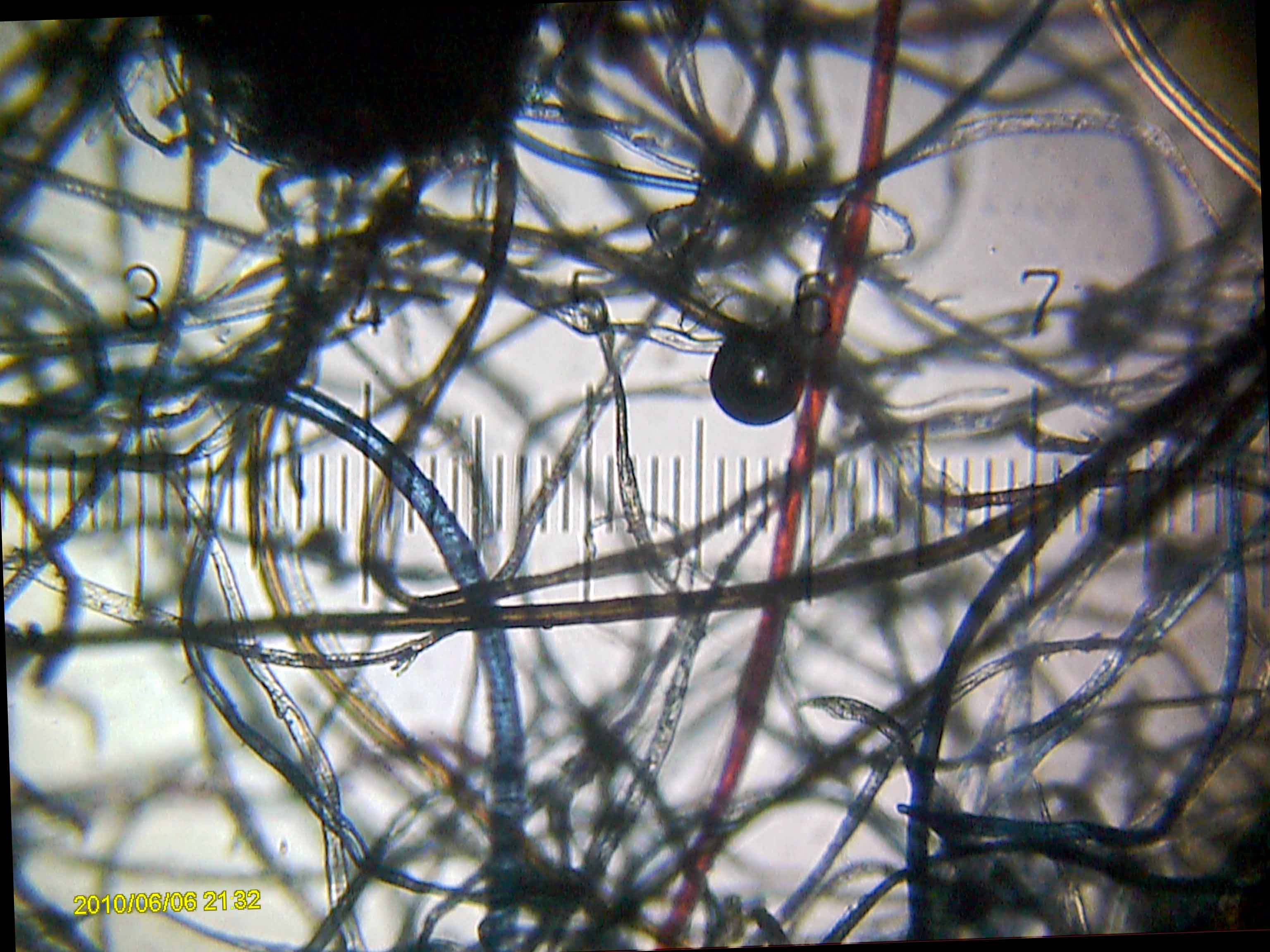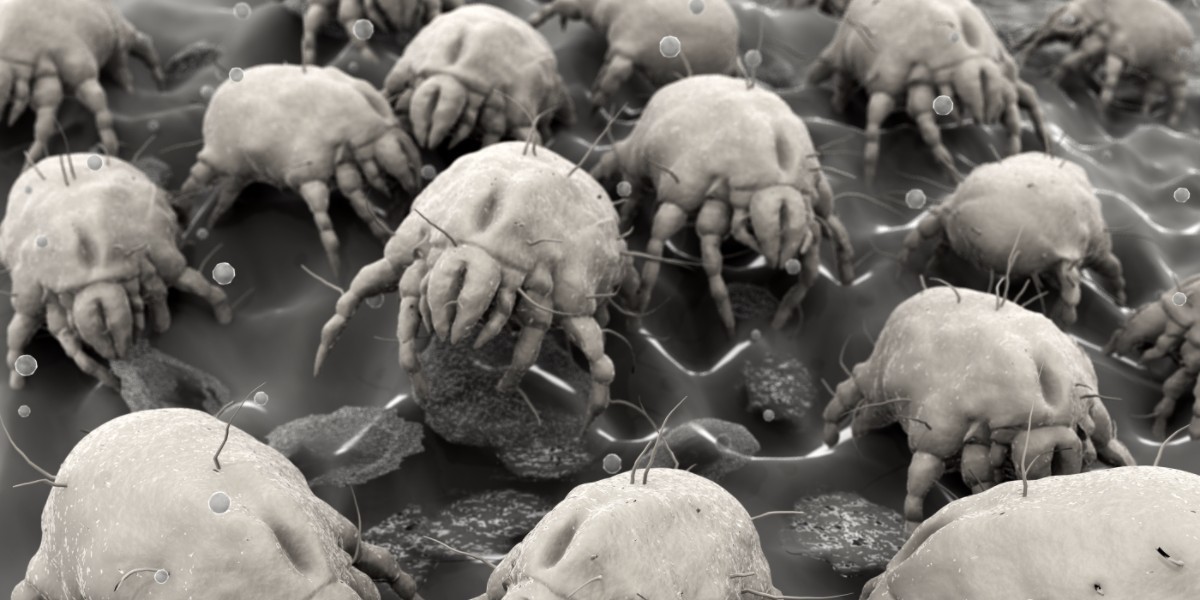
File this under the category of things you never asked for a good reason. Dust is a pain, but at first glance, its nothing more than a harmless gray powder that you occasionally remember to wipe off of your household surfaces. But knowing what lurks under the microscopic surface might trigger your OCD.
Dense, heavy dust tends to come from dirt and dander – including your own skin cells that flake off as your walk around your house. The fluffy dust bunnies you find under furniture are mostly collections of hair (yours and your pets) and fibers from clothes, blankets, and carpets.

A large part of our indoor dust actually comes from outside. Every time we open a door or window or walk in with our shoes on, we traipse in soil and airborne particles that spread throughout the house on air currents. You’d be surprised what you pick up from outside. The world is microscopically crumbling, so you may be taking home flecks from the concrete sidewalk, a few dead bug legs, a speck of dog poop, and a swarth of pesticide particles.
Am I dust?
The good news is, dust is probably not 70-80% human flesh, as some sources would lead you to believe. We tend to exfoliate our dead skin cells when showering, not while walking around. It’s likely any loose skin will be knocked off onto surfaces, such as beds or couches. However, those particles can fall or become airborne and join the potpourri of dust in our homes. It’s just not as big of a percentage as you’d think. Most dust is just small pieces that have fallen off of every single thing in your environment. As you know, the world does not revolve around you.
Dust Mites
Unfortunately, where there is dust, there is dust mites. These microscopic bugs primarily eat human skin cells. After they’ve digested little pieces of you, they poop all over your home. Lovely creatures. Many people who deal with asthma and allergies are triggered by dust mites and their feces. Though they are generally found on the floor or other surfaces, once they are knocked into the air, it can take up to two hours for them to settle back down. During that time, they may find their way into your respiratory system and spark an allergic reaction.

Dust Control
You were right to be annoyed when your mom made you dust the furniture. Feather dusting is a pointless exercise that does nothing more than stir the dust into the air so it can’t be seen on the surface by visiting company. In a few hours, it settles back down again. Chemicals like Pledge work by trapping the dust into liquid droplets so you can absorb it with a towel and get it to the trash before it floats back into the air. Or you could use my solution, which is to run my vacuum tube extension over every surface. It may look silly, but it gets the job done.
Can dust make me fat?
According to scientists, yes it can. Apparently, dust not only traps chemicals and enzymes that are bad for us, it also creates an efficient delivery system when we swallow or inhale it. Of course, saying harmless things either 1. make us fat or 2. cause cancer is a sure-fire way to get on the news, so I’m not so sure about this particular study. If you want to go full-on nerd, you can check it out here.
